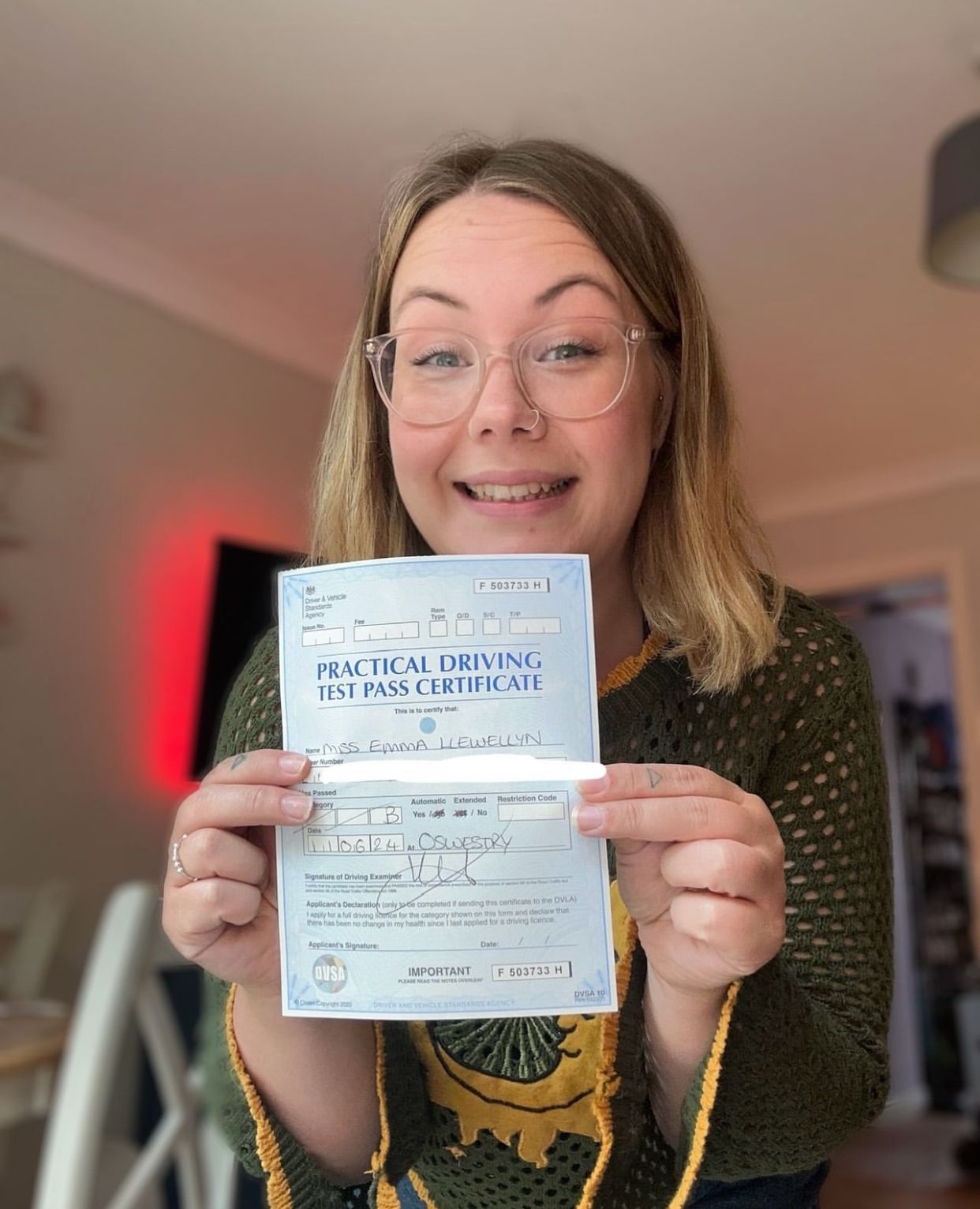Understanding the UK Driver's License: A Comprehensive Guide
In the United Kingdom, getting a driver's license is a pivotal step towards self-reliance and mobility. inquiry is not just a gateway to personal freedom however also a considerable duty. This post looks for to lay out the process of acquiring a driver's license in the UK, the various classifications of licenses, and some crucial regulations that drivers should adhere to.
Kinds Of UK Driver's Licenses
Before delving into the application process, it is important to comprehend the various kinds of driver's licenses readily available in the UK. The primary classifications are:
- Provisional License: This is the initial step for anyone seeking to find out to drive. It enables the holder to practice driving while under the guidance of a qualified driver.
- Full License: Once the driving test has actually been successfully finished, the individual will get a complete driver's license, which allows them to drive separately.
- Unique Licenses: There are special licenses for specific vehicles such as motorcycles (Category A), buses (Category D), and trucks (Category C).
- European Driving License: Though it is unique from the UK driver's license, the European driving license enables driving in numerous EU countries without the need for an additional authorization.
The Process of Obtaining a UK Driver's License
1. Get a Provisional License
To begin the journey towards getting a driver's license, aiming drivers must initially request a provisionary license. Here's how to do it:
- Eligibility: Applicants need to be at least 15 years and 9 months old.
- Application: Individuals can apply online or through postal services by submitting a leaflet from the Driver and Vehicle Licensing Agency (DVLA).
- Fee: A cost is required for application (as of 2023, it's about ₤ 34 online and ₤ 43 by means of post).
- Identity Proof: Acceptable recognition includes a passport or a biometric house authorization.
2. Prepare for the Theory Test
As soon as the provisionary license is gotten, the next step is to prepare for the theory test, which assesses a student driver's understanding of roadway guidelines and dangers. This consists of:
- Multiple-Choice Questions: A series of questions based on the Highway Code.
- Danger Perception Test: An assessment to recognize possible dangers while driving using video.
3. Take Driving Lessons
It is typically recommended to take expert driving lessons from an Approved Driving Instructor (ADI). These lessons offer essential hands-on experience and knowledge about roadway safety, as well as assisting students end up being comfortable behind the wheel.
4. Schedule the Practical Driving Test
After passing the theory test and getting adequate driving abilities, learners must book a useful driving test through the DVLA. The testing process typically involves:
- Driving Maneuvers: Candidates are assessed on their capability to perform important driving methods such as parallel parking and emergency stops.
- Roadway Safety Compliance: Demonstration of compliance with road indications, signals, and guidelines.
5. Acquire a Full Driver's License
Upon success in the useful driving test, the candidate will receive a pass certificate which allows them to make an application for a full driver's license. The DVLA will send a full license if all requirements have actually been fulfilled.
Driving Regulations and Responsibilities in the UK
As soon as a complete driver's license has actually been acquired, it is vital for drivers to understand and abide by the laws and regulations governing road use in the UK. Here are a few essential responsibilities:
- Insurance: It is compulsory for all drivers to have legitimate car insurance before getting behind the wheel. This safeguards versus monetary loss from accidents or theft.
- Roadway Tax: Vehicle import tax duty, frequently called roadway tax, should be paid yearly.
- MOT Test: Cars older than 3 years need to undergo a yearly MOT (Ministry of Transport) test to guarantee their roadworthiness.
- Follow Speed Limits: Each roadway has designated speed limits that need to be followed.
- Use of Seatbelts: Wearing seat belts is obligatory for drivers and travelers.
FAQs about UK Driver's License
1. How long does it take to get a driver's license in the UK?
The time taken to get a driver's license differs considerably between people. Usually, students spend about 45 hours getting trained with an instructor, followed by an extra 22 hours of private practice. After scheduling tests, the processing of applications can also take a couple of weeks.
2. Can I drive with a provisional license?
Yes, you can drive with a provisionary license, however you should be accompanied by a driver who is at least 21 years of ages and holds a complete license for the kind of lorry being driven.
3. What happens if I fail my driving test?
If you fail your driving test, the examiner will offer feedback on areas for improvement. You can retake the test, but it is normally suggested to take a couple of additional lessons to strengthen your skills before trying again.
4. Can I drive in the UK with an EU driving license?
Yes, EU driving licenses stand in the UK. However, those preparing to remain in the UK for more than 12 months ought to consider exchanging their EU license for a UK one.
5. What do I require to do if I lose my driving license?
If your driving license is lost or taken, you must report it to the DVLA and apply for a replacement. You will require to supply identification and pay a charge.
Navigating the procedure of acquiring a driver's license in the UK can seem challenging, however understanding each step simplifies the journey. From getting a provisionary license to passing the dry run, each phase prepares for responsible driving and compliance with the laws governing road usage. Constantly remember that driving is an advantage that features duties, and continued adherence to the guidelines makes sure the safety of all road users.

